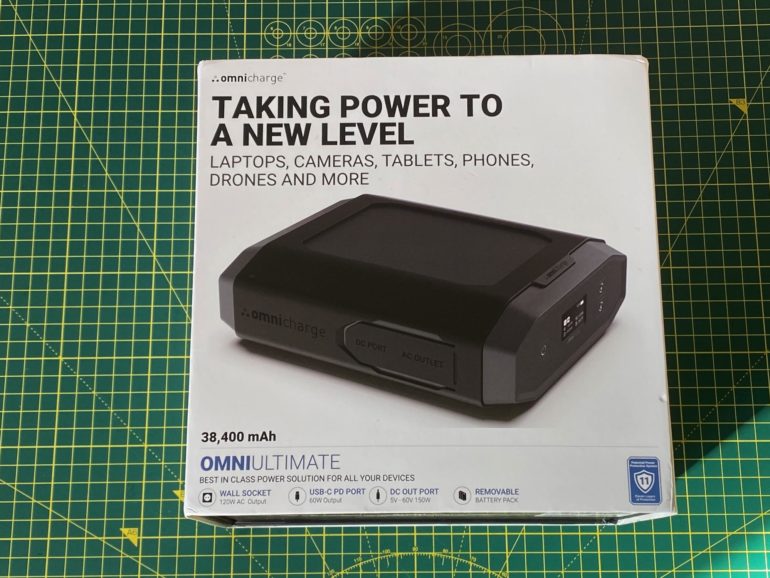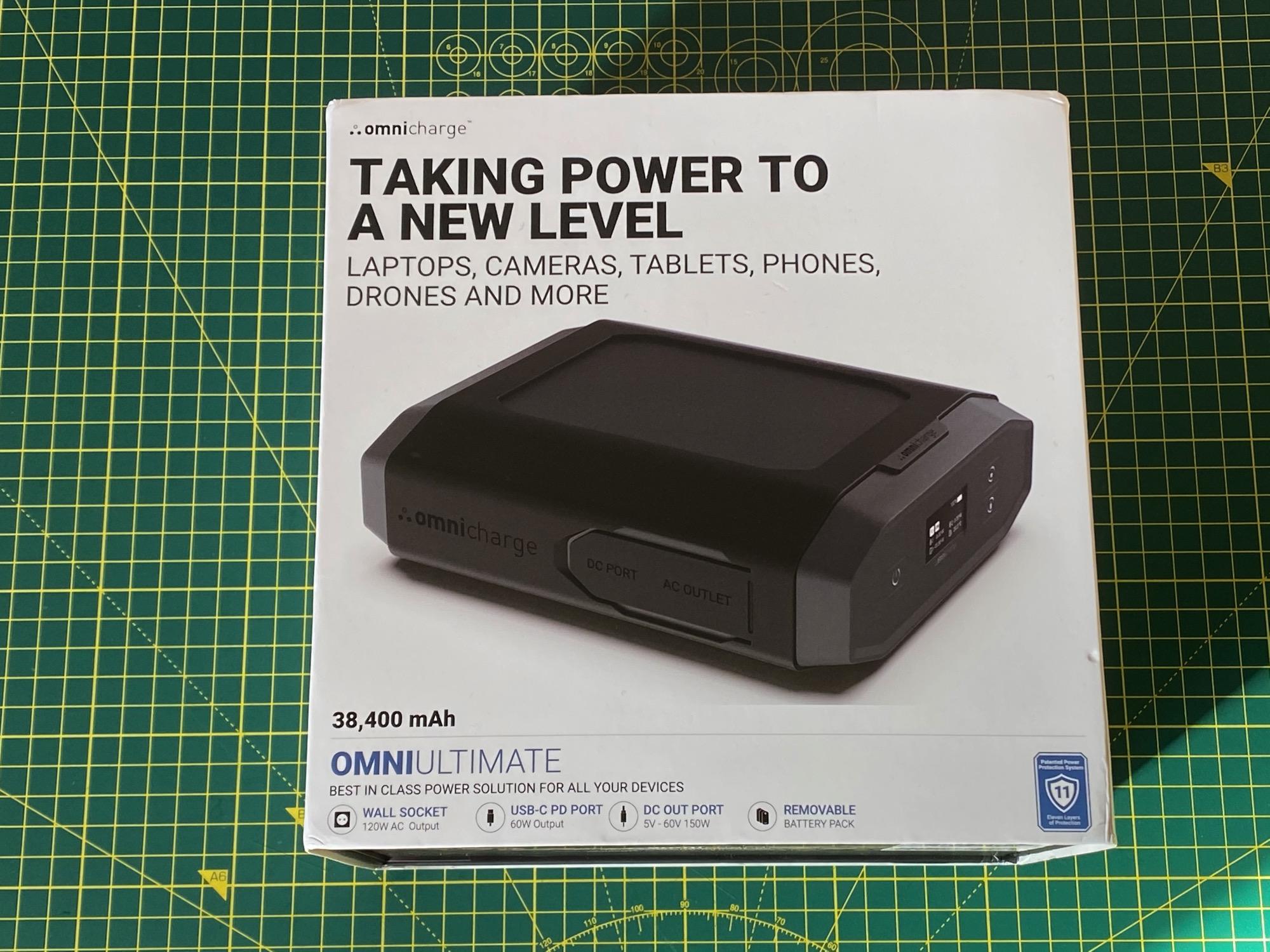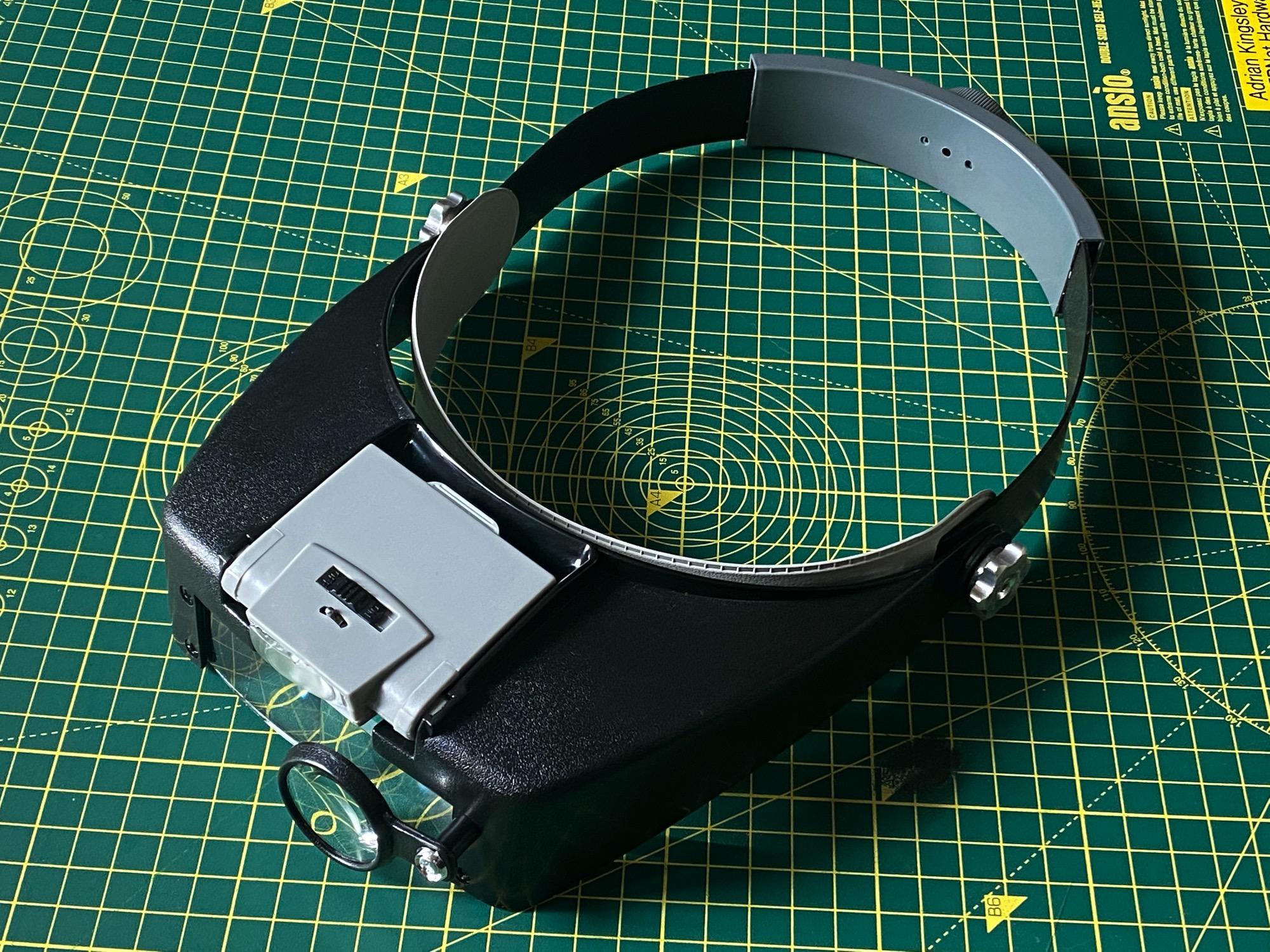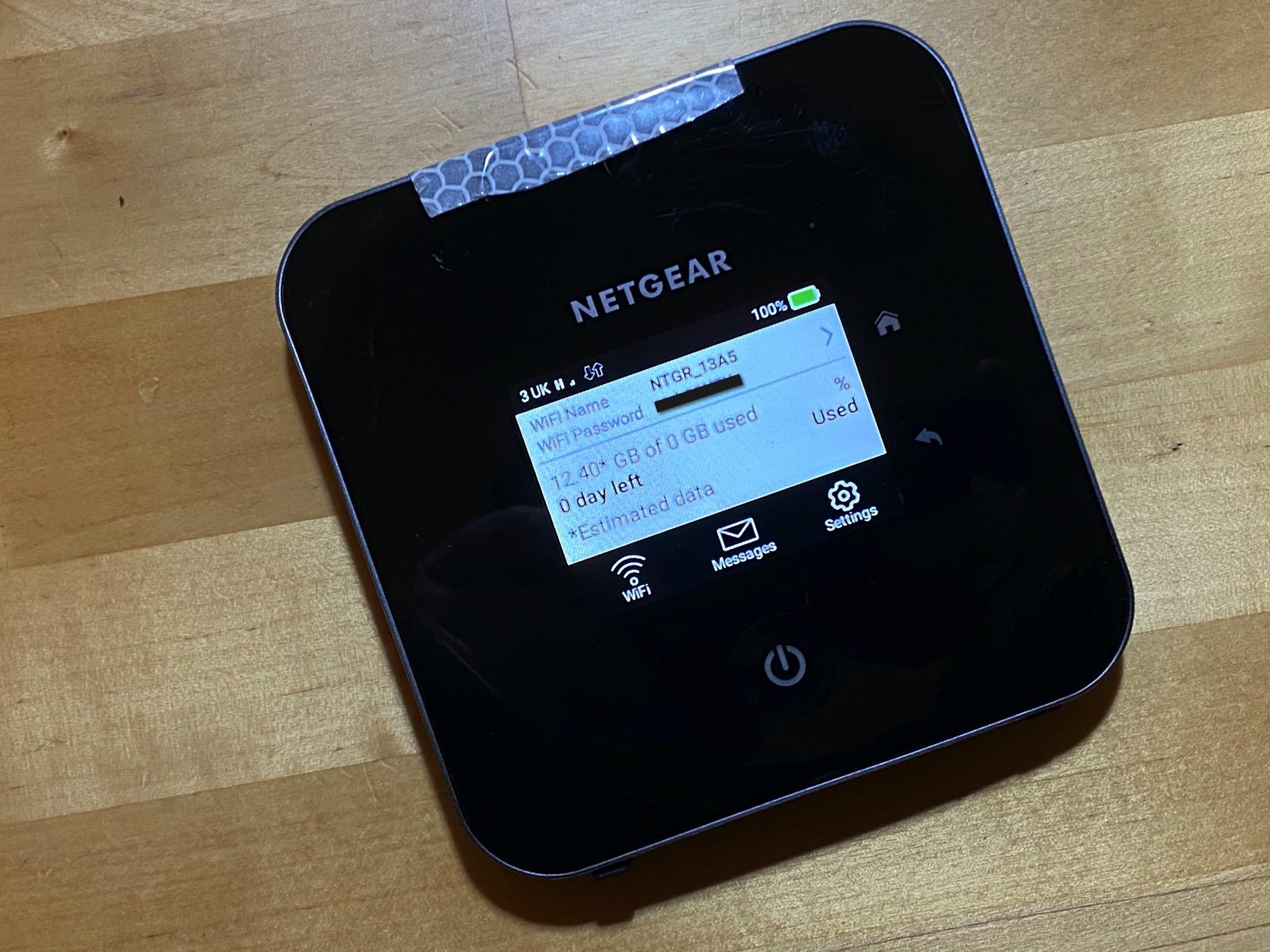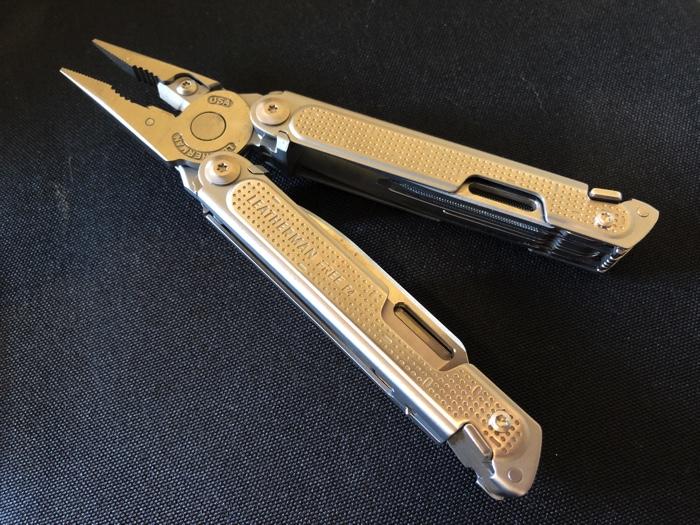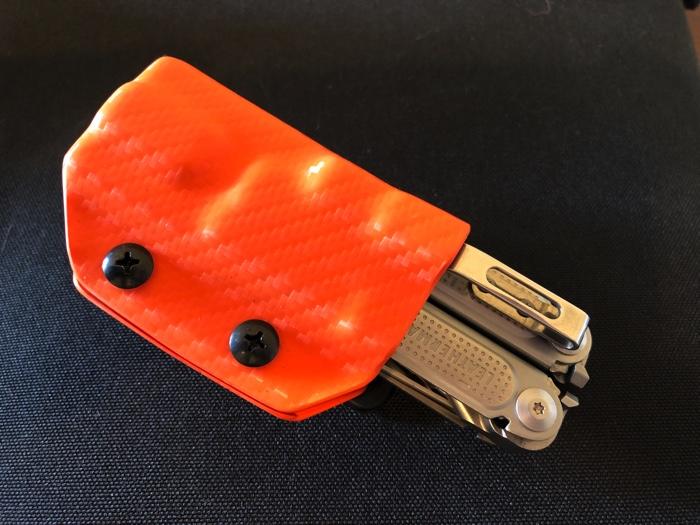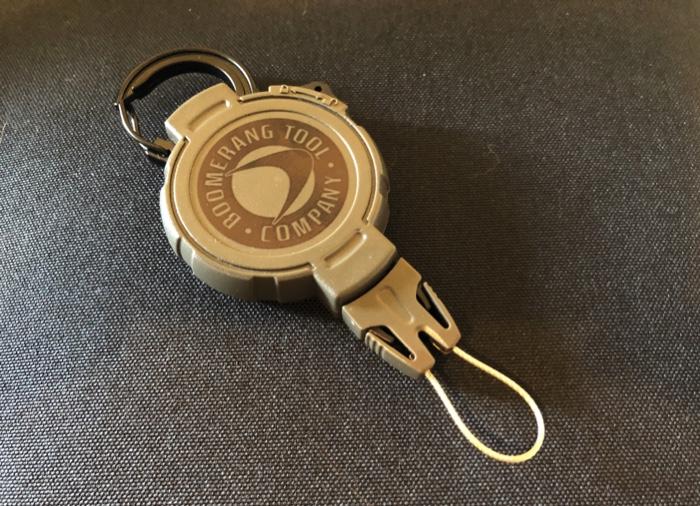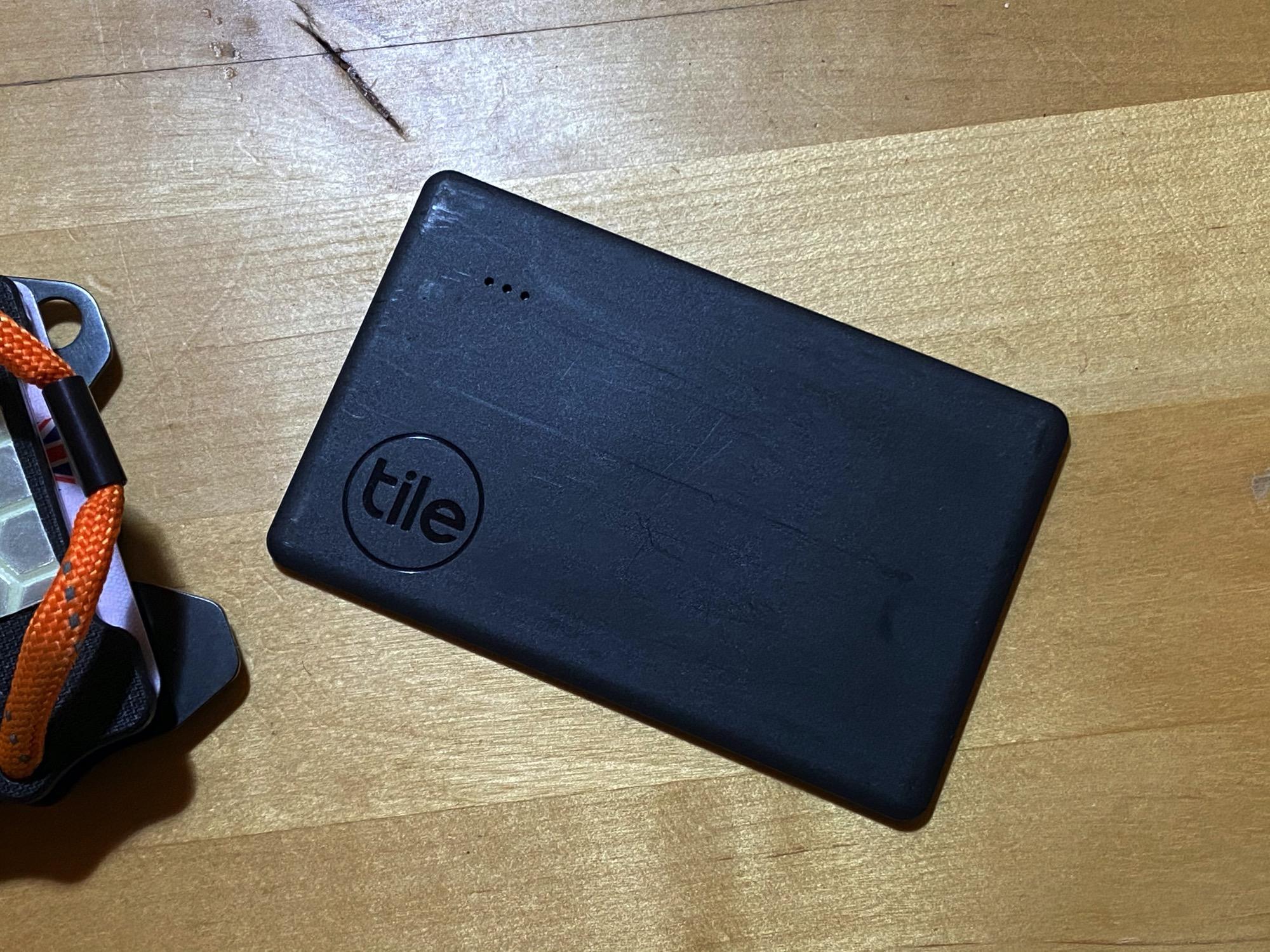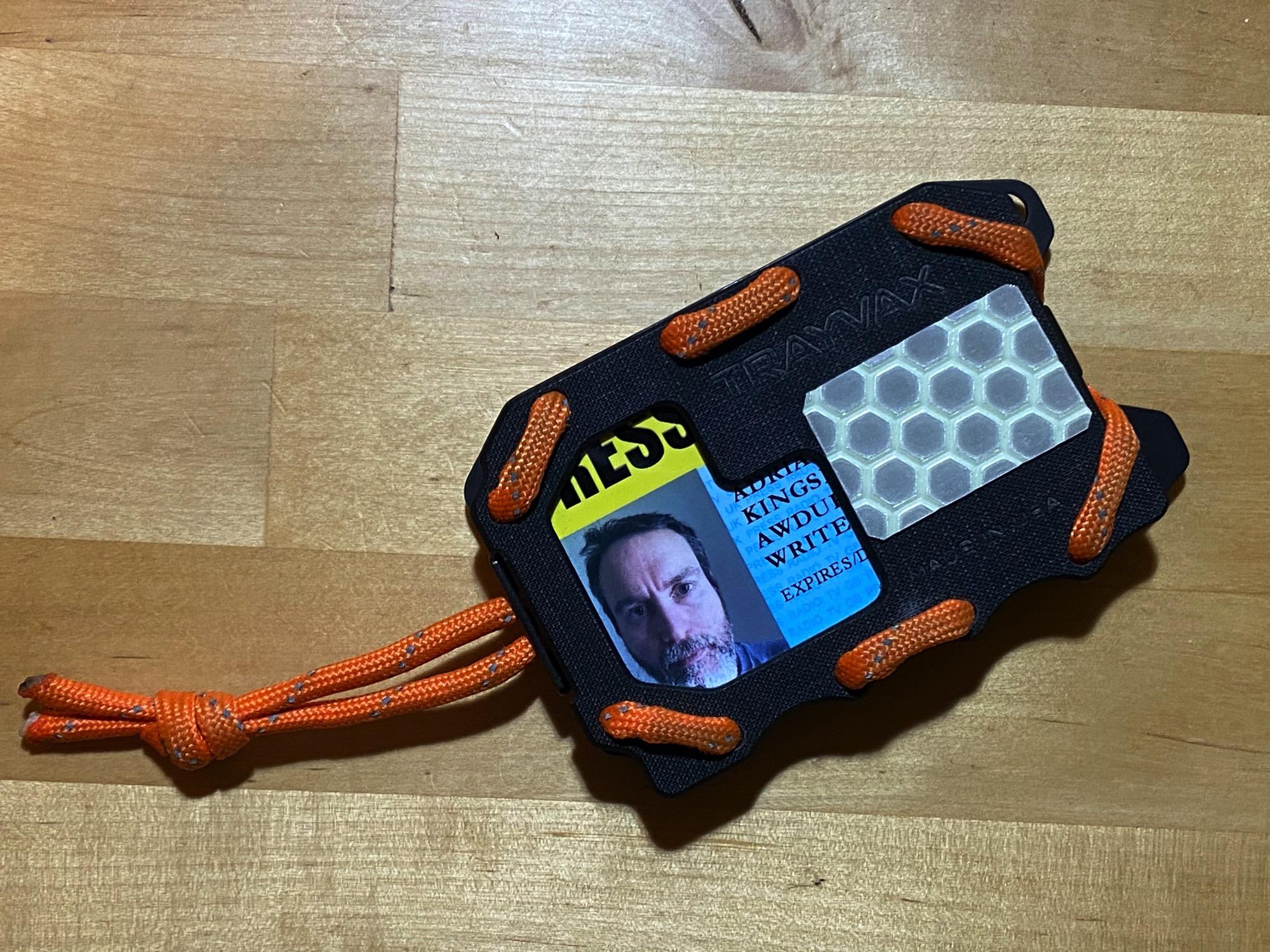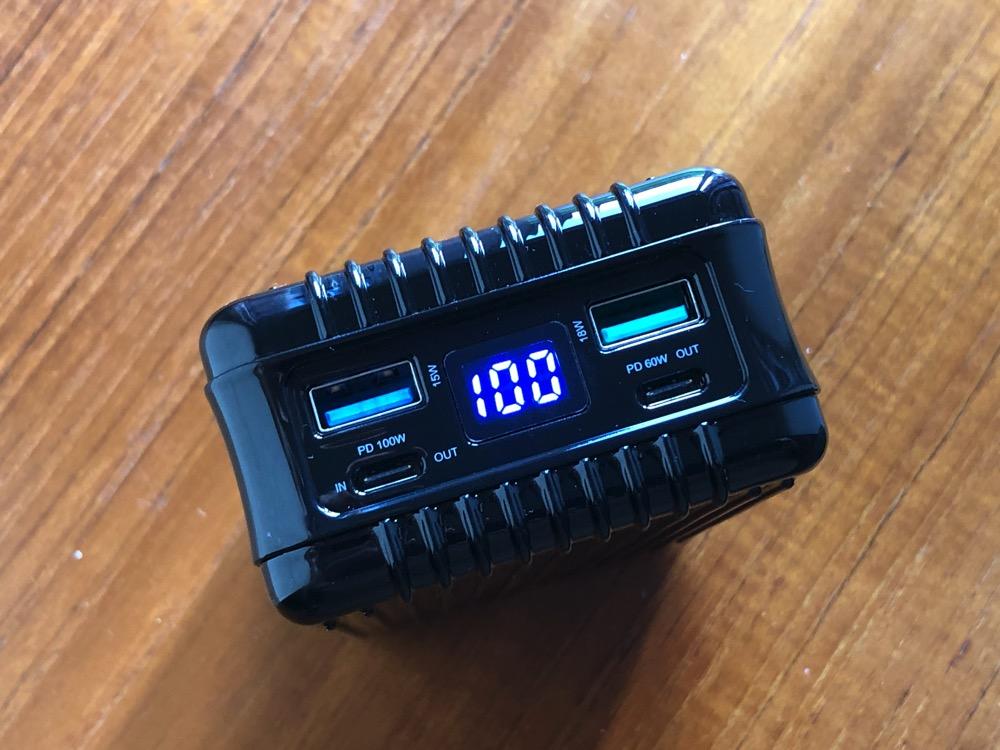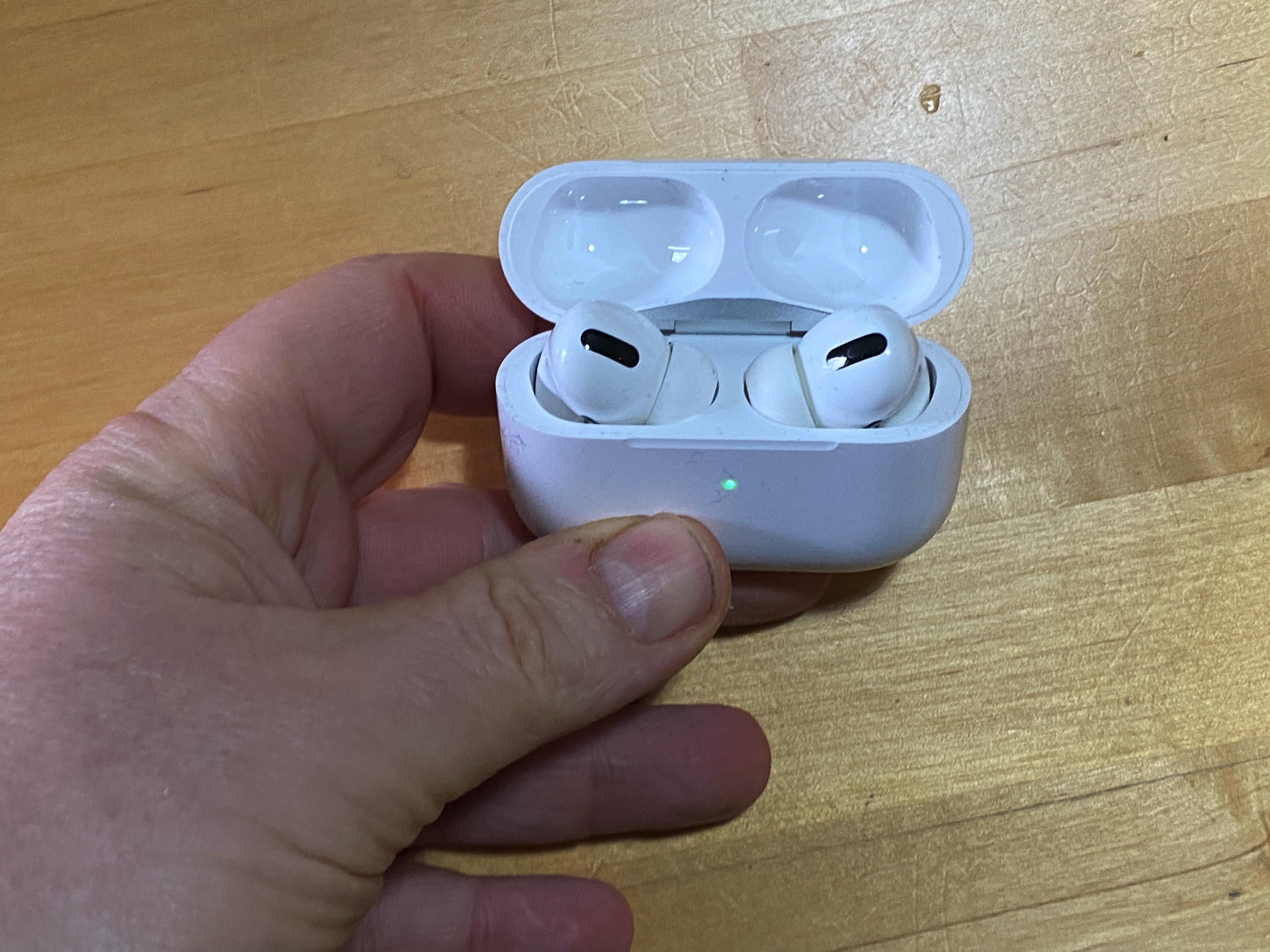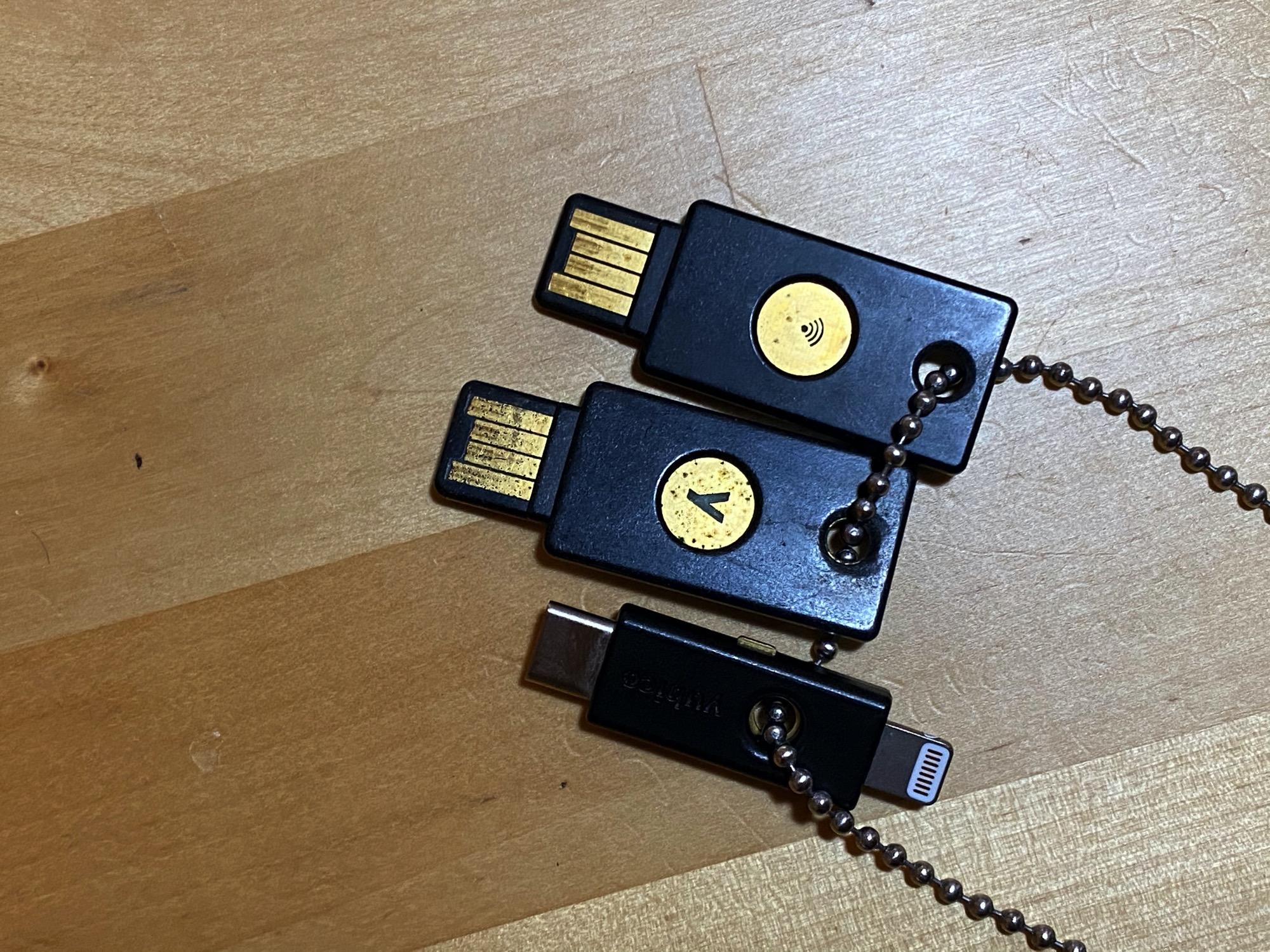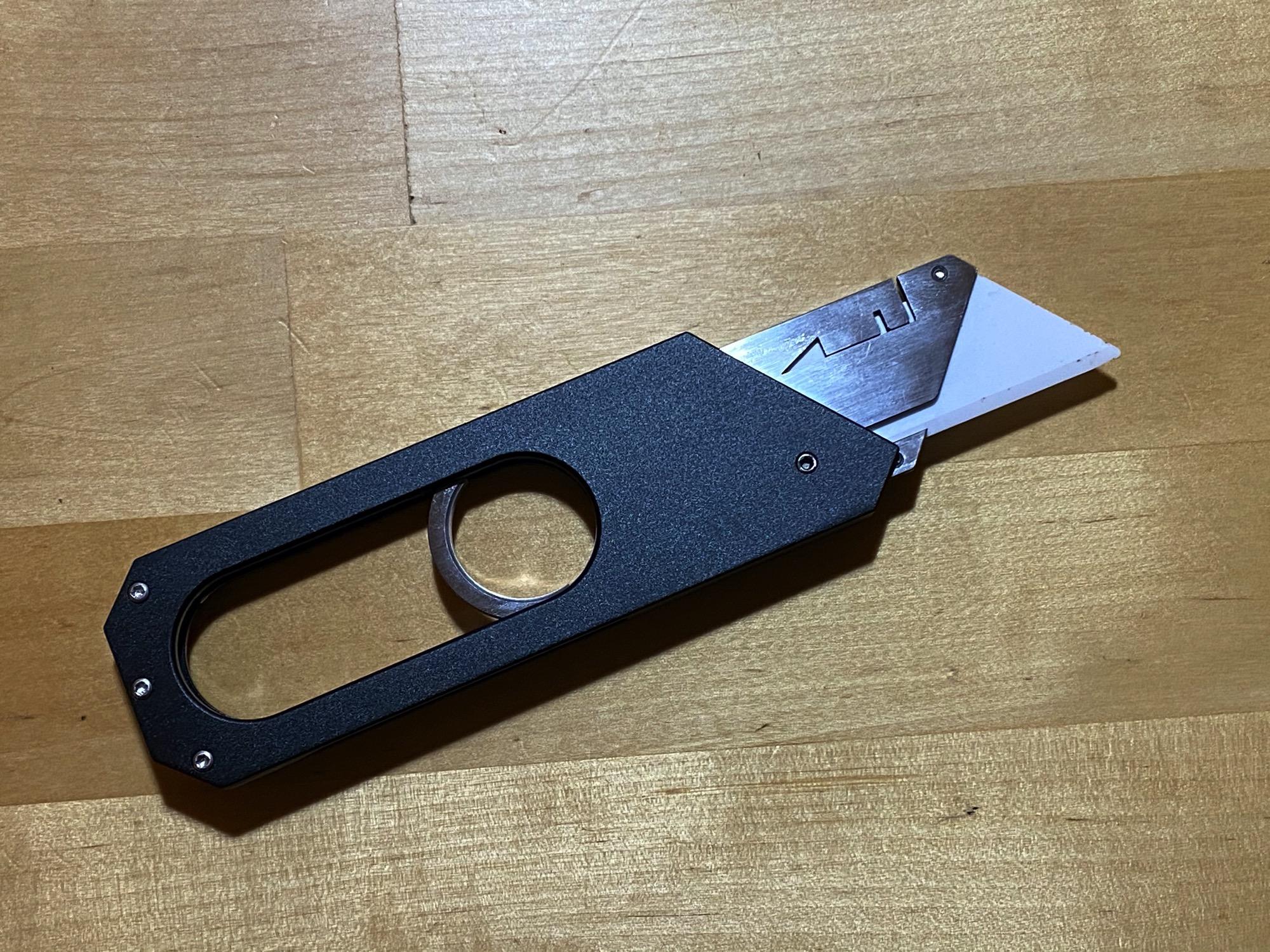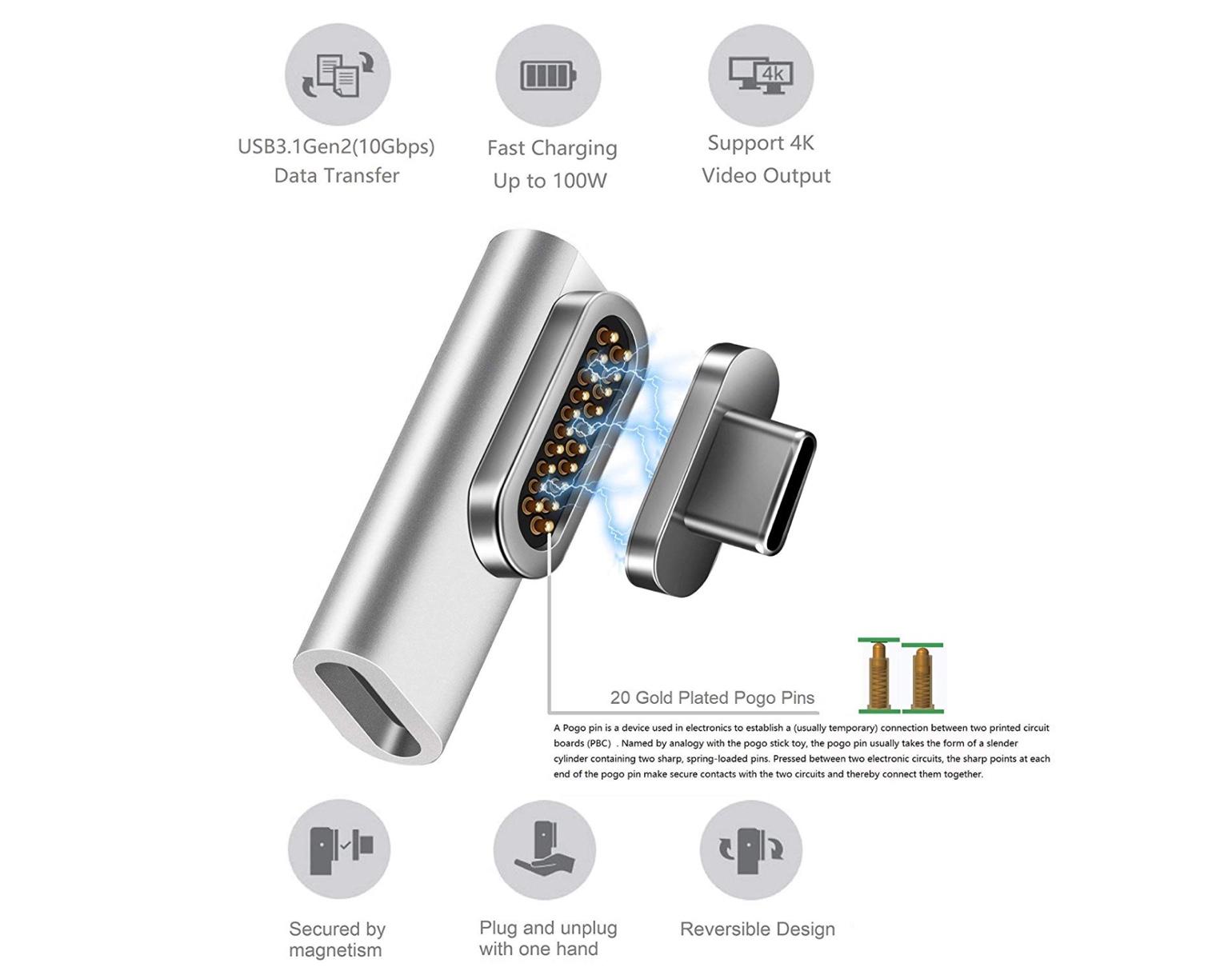Your office — whether it is a place you go to or a room you’ve commandeered during the pandemic — is a place where you spend many hours a day. But I’ve discovered that the more productive I can be, the less time I have to spend there, and I can strike a better balance between work and everything else.
I’m both blessed and cursed in that I get the chance to try out a lot of different gadgets and tech. On the plus side, I find some really cool things that boost my productivity and let me get more work done, while the downside is that my workflow is constantly morphing and changing (I do find that this keeps me on my toes!).
Everything about the Omni Ultimate is designed around power and ruggedness. The exterior ABS/rubberized shell is capable of taking a pounding, the ports are well-designed, and the screen offers everything, from at-a-glance information to a deep dive into what’s going on.
The unit features a single USB-C port capable of 60W input and output, a pair of USB-A ports good for an array of outputs (QC 3.0,5V/3A,9V/2A,12V/1.5A), a barrel-port adaptor for charging as well as 5V – 60V/150W output, and a 120W AC output port (the unit comes with a “universal” adaptor).
My eyesight isn’t what it used to be
$12 bionic vision!
The headband is comfortable and fits my huge head.The twin-LED lights powered by two AAA batteries are bright, and I can pan it left and right, and angle it downwards, depending on what I’m doing.It’s got three lenses (a fixed 1.9x stereo lens, a drop-down 1.9x stereo lens, and a 4.5x loupe) allowing for four magnifications up to 8.3x.The lenses are high quality and distortion-free.It’s lightweight (which initially makes it feel cheap) but durable.
$12 at Amazon
It’s expensive, but I’ve taken the Netgear Nighthawk M2 with me to several countries, and it has performed flawlessly. Sure, I could use my iPhone as a mobile hotspot, but using a dedicated tool means I’m not hammering my battery life, while at the same time, giving me access to a whole host of advanced features, such as support for up to 20 separate devices.
And for when the signal is a bit poor, I can attach an external 3G/4G antenna and give the signal a bit of a helping hand.
Wow! This tool is a hardcore workhorse. I’ve used it and abused it doing all sorts of tasks, and it still looks like new and works perfectly. The pliers, main blade, and sww have really been put through their paces, and they’re just as sharp as they were when the tool was new.
At the core of the Leatherman Free P4 are 21 essential tools, from a knife to pliers to scissors, but it features better ergonomics (the multitool feels much better in the hand, especially for extended use), it has a new magnetic catch allowing single-handed access to the pliers and a new thumb-operated mechanism for accessing the myriad of tools — which means no more broken fingernails!
The pouches that come with most multitools are, to put it as kindly as possible, a bit rubbish. While you can throw most multitools into a pocket, they’re big, heavy metal items that don’t play well with delicate items such as smartphones. This makes belt carry a good option.
Enter the Clip and Carry Kydex Multitool Sheath. The one here is for the new Leatherman Free P4, but it makes them for a wide array of multitools, in a range of colors (I chose orange because it’s the one I’m least likely to lose). A clip allows the holster to be mounted on a belt or other clothing, and the Kydex keeps the tool firmly in place until it is needed for action.
No more lost keys (or small tools)!
At first, I was skeptical about the strength and reliability of the Kevlar cord and retraction mechanism, but after using one for a few months I’m a convert. There are different styles available, but my favorite is the version with the metal loop on the top (you can also get ones with Velcro loop, and a belt clip).
This is not only great for keys, bit also small tools, flashlights, and other things you don’t wasnt to drop and lose.
It took me a while to become convinced that I needed a bit of tech to help me keep track of my keys and wallet, but a few weeks on the road with the Tile Pro on my keys, Tile Stickers in my backpack and luggage, and Tile Slim in my wallet converted me. It’s the sort of tech that you forget is there until you need it.
Also has the added advantage that I can use a Tile to find my lost iPhone!
I used to be skeptical of “modern” wallets, but after going through what must have been my twelfth in as many years, I decided to give the Trayvax wallet ago. Not only is the wallet far more robust, and much easier to organize, but I also carry around far less junk and detritus in it.
I love this wallet because I no longer randomly throw junk into my wallet. And the money clip on the back is perfect for banknotes and is far quicker and more convenient to use than a traditional folding wallet.
I’ve upgraded my wallet by changing the paracord for orange core with a reflective strip, and added a glow patch.
Never run out of charge again!
Not the smallest (it measures 4.7- by 2.9- by 1.6-inches). Not the lightest (it weighs in at a hefty 17.6 ounces). And not the cheapest (the retail price is $191.99). But if you travel with a laptop, or you carry several devices around with you, this is the best portable power bank I’ve tested.
This single power bank can keep everything else I carry with me — from my MacBook to my earbuds — charged up and ready for work (or play).
The AirPods Pro are also beautifully engineered. Small, sleek, comfortable, have great audio output while at the same time doing a magical job of shutting out the rest of the world, and are insanely easy to use. Everything from the initial set up to operating the buds is just mind-blowingly miraculous. The clicker for operating different modes is brilliant, and so much better than the touchpad that other companies seem to be using. It offers all the tactile feedback of a button, without being a button.
While I like them — a lot — I also have some reservations. But these are the best earbuds you can currently buy.
Hardware-based two-factor authentication is the perfect way to secure your digital life, and authentication keys don’t come any better than Yubico hardware.
The YubiKey 5 NFC is FIDO -ertified and works with Google Chrome and any FIDO-compliant application on Windows, MacOS, or Linux.
YubiKeys have allowed me to secure my various online accounts, such as Gmail, Facebook, Dropbox, LastPass, and such, eliminating the need for clumsy and potentially insecure SMS-based two-factor verification.
Beautiful, functional engineering.
I know that it’s an overpriced, overengineered box cutter, but it’s an absolute pleasure to use. Everything about this is just perfect, and having the ability to tune the locking mechanism to my own preferences turns a great product into what is close to being perfect.
The Maker Knife comes with a screwdriver for tuning, detailed instructions for tuning the knife, spare screws, and a Band-Aid for that inevitable cut that you will likely get using it.
I also bought ceramic blades. While these are prone to chipping and snapping, used property they will outlast steel blades for general cutting.
MagSafe everywhere you use USB-C!
I’m beginning to think this is my favorite gadget.
Fragile USB-C connectors. USB-C connectors that cling on enough to allow my MacBook to be pulled off a table and placed into Isaac Newton’s cold, indifferent hands.
I have accumulated quite a collection of these, and they are perfect not only for MacBooks but any gadget with a USB-C port. The magnet is strong enough to keep the two parts of the connector snugly attached, yet will give way if the cable is tugged hard enough to endanger the attached device.
I recently discovered that there is also a version with a USB-C cable attached if you want a more compact solution.
The adapter supports 100W (20V/5A) charging, which makes it perfect for all MacBooks and other laptops and USB-C devices, and even supports up to 10Gbps data transfer and 4K@60Hz video output.
What’s in this list?
There’s a lot here — from routers that will offer you the best Wi-Fi possible, a mobile router, earphones, a power bank, and gadgets to help you find lost keys and wallets, and items to help secure your digital empire.
There are also tools to help you fix things around your office. I don’t know about you, but this seems to be part of life, especially when working from home.
How are these gadgets picked?
The main criteria here is reliability and long-term performance. It’s easy to take a gadget out of the box, look at it, say it feels nice, and then say it’s a winner.
Everything listed here has been put through weeks, if not months, or hard use. It’s a totally different thing to live and work with something, day-in day-out, for weeks. That’s when you really discover how well something performs.
Buy cheap, buy twice
While price isn’t the main thing that I’m considering here (there’s no end of expensive rubbish out there), I have had the old phrase “buy cheap, buy twice” come to life to bite me on a number of occasions
Quality costs money. There’s no way around that.
While there might be a cheaper version of something on offer, there’s a reason it’s cheap and usually that reason is not a good thing for you in the long run.
It’s a balance of function, durability, and price.
